Every Age, a Remarkable Stage: Your young child’s development year-to-year
Every few weeks, we’re focusing on a specific age group to explore the exciting things that are happening in your child’s body and brain—be sure to catch all the articles in the series!
★★★
Every few weeks, we’re focusing on a specific age group to explore the exciting things that are happening in your child’s body and brain—be sure to catch all the articles in the series!
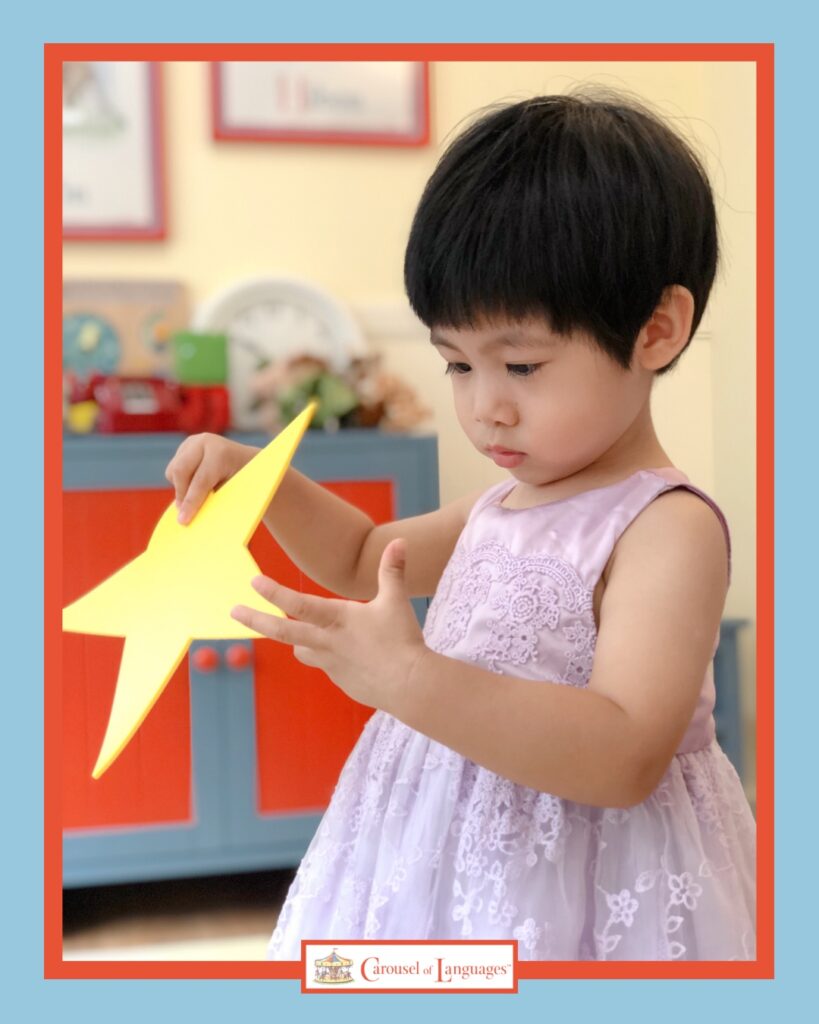
The Terrific Twos!
We’ve all heard this stage referred to as The Terrible Twos…
If you’re living with a toddler, some days you definitely understand how they got that name—and if your child has recently outgrown this stage, chances are you won’t ever forget it — but most of the time, your 2-year-old is really quite marvelous.
The Twos are an intense and miraculous period of physical, cognitive, social-emotional, language, and sensory-motor development that takes your child from babe-in-arms to preschooler in a flash.
They’re growing fast, experiencing a whirlwind of brain development, and beginning to take steps (literally and figuratively) toward much greater independence. It’s amazing and delightful! But it can also feel overwhelming and exasperating when your sweet, cooing, smiling baby becomes a willful little person with a lot of new words, big feelings, strong wants, and their “own mind.” It seems to happen overnight.
Remember that this is a normal stage of development. Two-year-olds are active and curious, and they have a lot of competing impulses and emotions. It’s their job to explore, try new things, and test boundaries.
Though there are specific milestones and benchmarks to look for along the way, remember that every child is unique. They don’t all do everything at a precise time, or develop skills exactly in the same order. Review your child’s progress in all these main areas at their regular checkups—and if you’re ever feeling concerned, talk to your pediatrician.
★★★
In this article, we’ll focus on three important developmental areas for two-year-olds:
Social-Emotional, Cognitive, and Language.
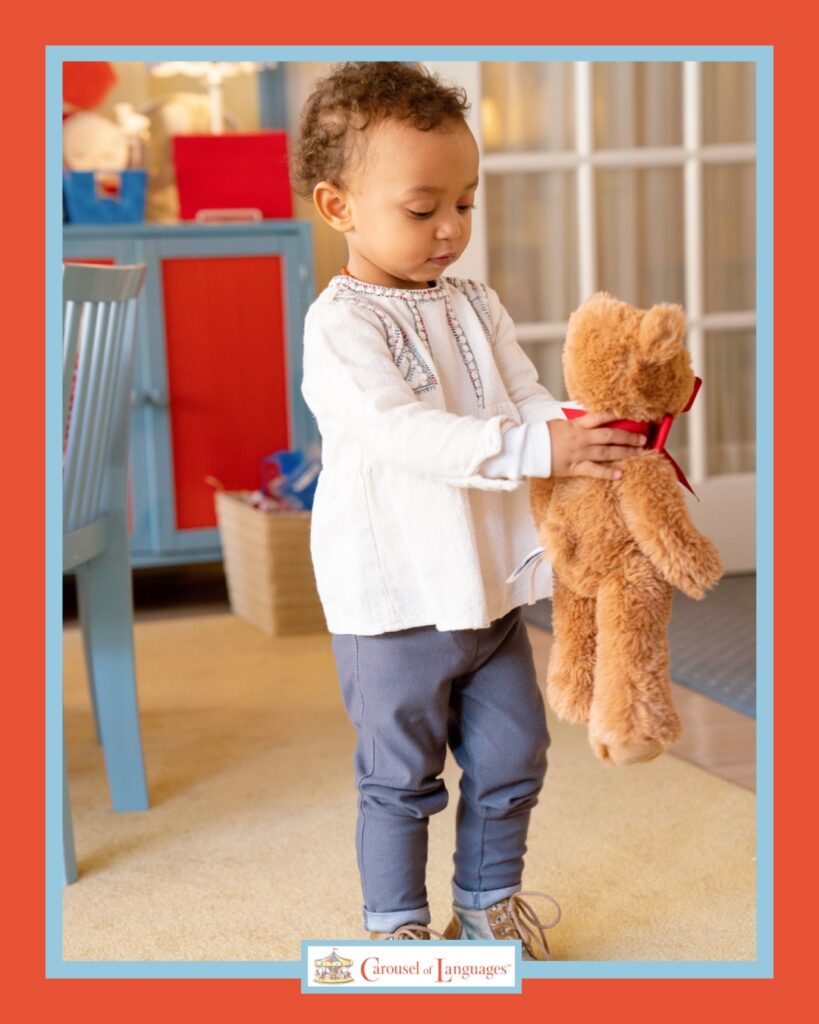
Social-Emotional
Your 2-year-old is beginning to develop self-awareness—an understanding that they’re an individual, not just a part or extension of you, and that others are individuals too.
At this stage, your child is watching you closely. They are very observant and like to imitate things you do as you go about your day.
They’re becoming social with their peers. They get excited to see other children but probably still mostly play in “parallel,” alongside rather than with others. Soon they’ll be playing together.
Your toddler’s behavior may be inconsistent or impulsive. They’re just beginning to see cause and effect in their actions, and they have many conflicting feelings and desires.
Two-year-olds are excited to exercise their independence, but they can also be clingy and needy.
They have a strong sense of what is theirs and protect their belongings. Actually, they think everything is “mine!” It will take some time to learn to share and take turns.
Toddlers want what they want, and they want it now. Sometimes they don’t have the language to express their needs, and sometimes they just can’t have what they want.
Does your 2-year-old seem to melt down over absolutely nothing? A 2-year-old’s temper tantrums are their way of expressing frustration with the conflicts they’re experiencing. Their NO is meant to test you, but it’s also the beginning of learning to set boundaries of their own, which keep them safe and help build healthy relationships.
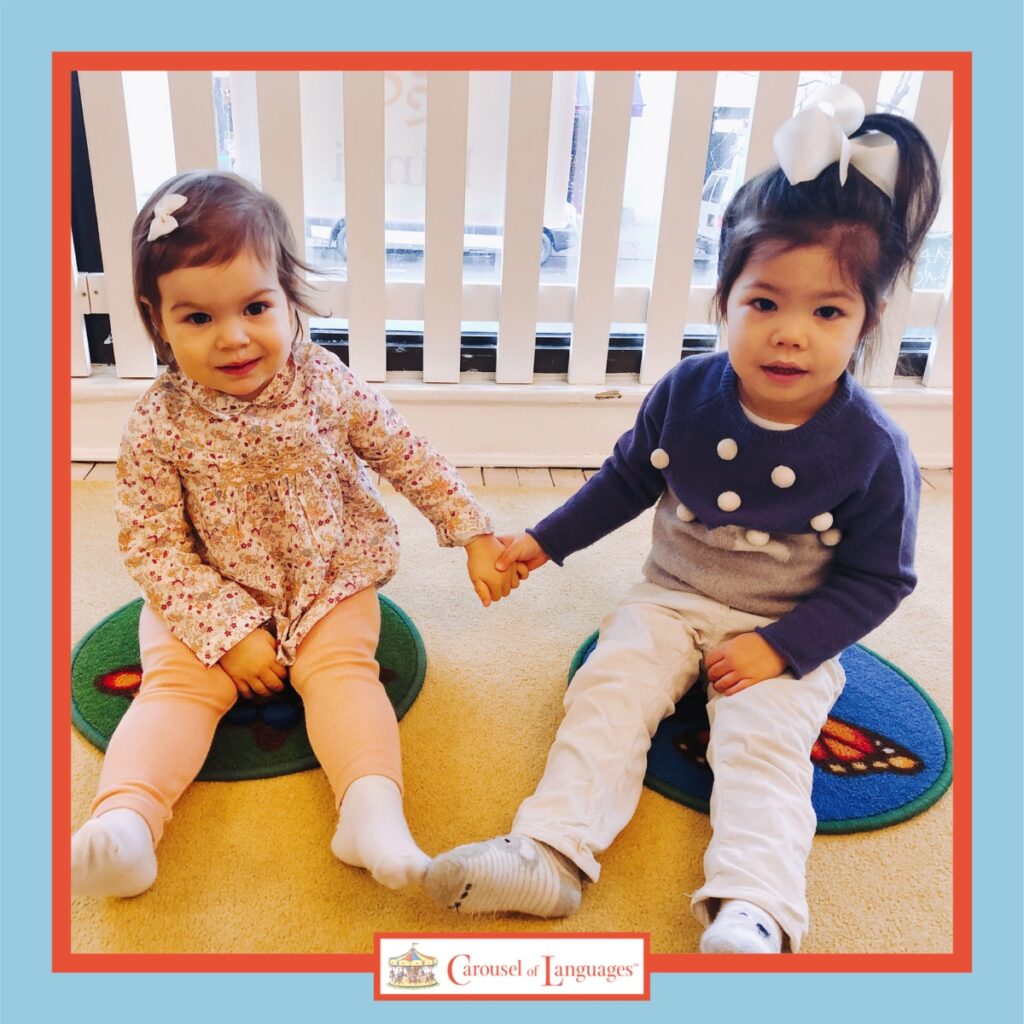
Cognitive
At two, your child is developing the ability to think for herself and reason.
They are able to sort objects by shape and color.
If you hide an object, even under multiple covers, they can find it.
By this age, most children are beginning to understand some basic concepts, like time —“now,” “later,” or “in a little while”— and opposites, such as big/small, day/night, hot/cold.
Your 2-year-old can understand simple signals or symbols, such as nodding yes and no.
They can follow simple instructions — Put teddy in the toy box, or Sit in your chair — typically, just one step at a time for now. But very soon they’ll be able to follow a small list of instructions, so that by around age three, they can remember and perform 2-3 steps in a row.
It’s exciting to watch a 2-year-old start to play-pretend! Your child’s imagination is expanding enormously during this period, and by three, they’ll have a rich life of make believe. It’s critical to give your child lots of opportunities to play—alone and with others, with lots of unstructured time. This is how they learns to problem-solve, communicate, navigate social dynamics, develop empathy, and so much more!
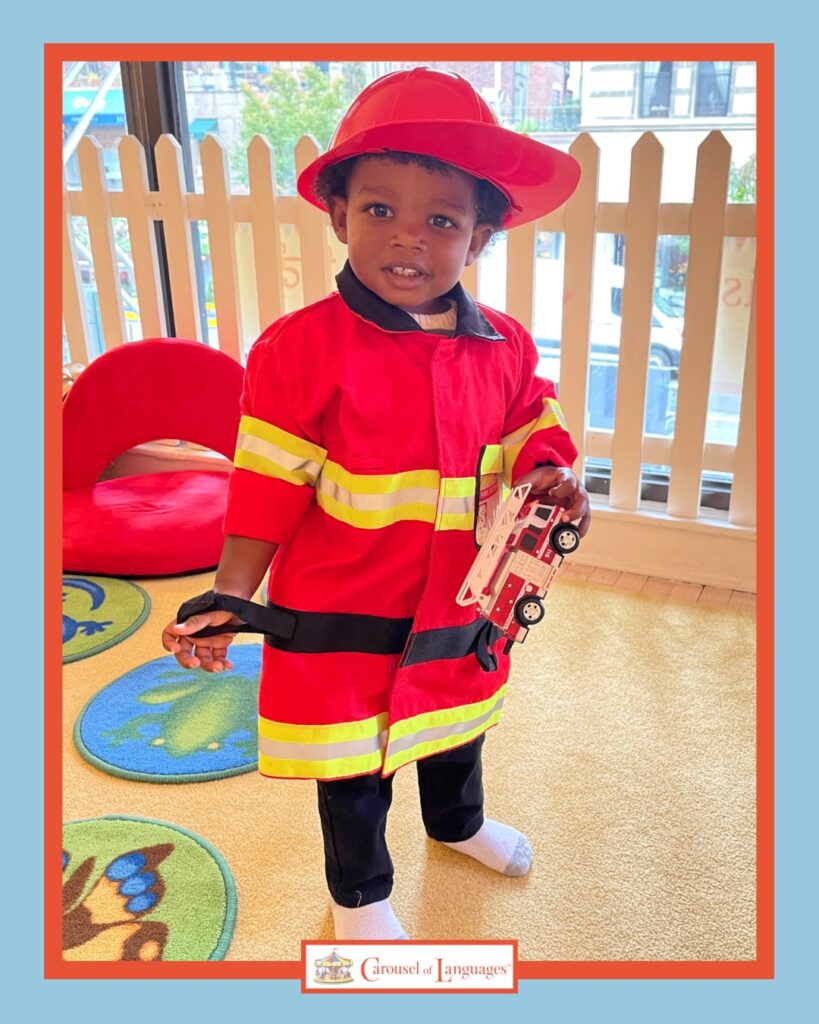
Language
At 24 months, your child is likely saying 50 or more words! They know the names of familiar people, commonly used objects, and some body parts—words like mama, daddy, cat, dog, milk, juice, truck, tree, head, feet, and so on.
They can point to and name these objects in a picture or book.
Of course, their favorite word of all is probably NO! That’s normal. No is how toddlers assert themselves.
They also start to love “Why?” and you’ll hear it a lot!
They’re beginning to speak in short sentences of 2-4 words, such as more milk, or no nap. Over the next year, they’ll begin using complete sentences of 4-5 words or more.
Your 2-year-old will often imitate words they’ve heard you say in conversation. (Yep, “Little ears are listening…”)
They may even invent some words and mix them in with things you can understand.
They can finish songs and rhymes you repeat often, and sentences from favorite books. Offer exciting new books and stories frequently, but keep on reading the ones they already know by heart!
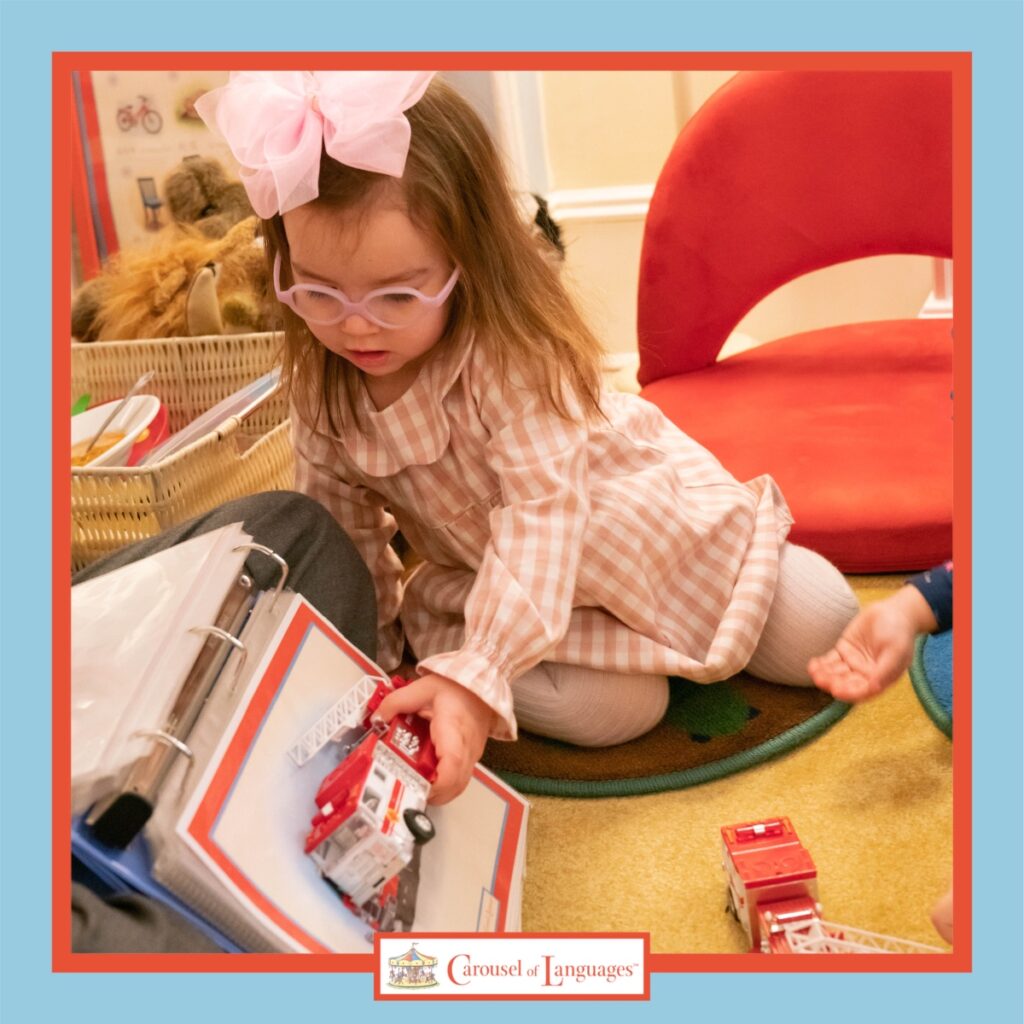
What can you do to encourage your 2-year-old’s development? Here are 10 of the best ideas!
1. Involve your child in your daily life! Cook, make a list and shop together, tidy up, turn laundry folding into a sorting and matching game. Praise your child for helping out.
2. Use positive reinforcement. Praise good behavior more often than you punish unwanted behavior.
3. Read, read, read! Snuggle up with some favorite books daily. Cuddle, hold hands, smile, read with feeling and excitement, laugh together.
4. Play outside. Get out into nature—kick a ball, go on walks, swing, run, and climb.
5. Do simple puzzles together, and build towers of blocks.
6. Teach basic vocabulary—animals, foods, toys, body parts, and so forth. Make a game of it.
7. Create! Do art projects together, ask them to tell you about what they’ve made. Label your child’s work and hang it up for display.
8. Play games like “Simon Says,” “One for You, One for Me,” “Hide and Seek,” and “Stop and Go.”
9. Pretend together! Take the Teddy Bears on a picnic, or to outer space; sail in a tall ship, tiptoe through snowy woods, or have a fancy tea party. Play dress up. A big cardboard box can be anything. Use your imagination. Make it up as you go along. Let your child take the lead.
10. Sing and move! You don’t have to be a rock star. Just turn up the tunes and move freely, have fun. Dance to your favorite songs and sing along.
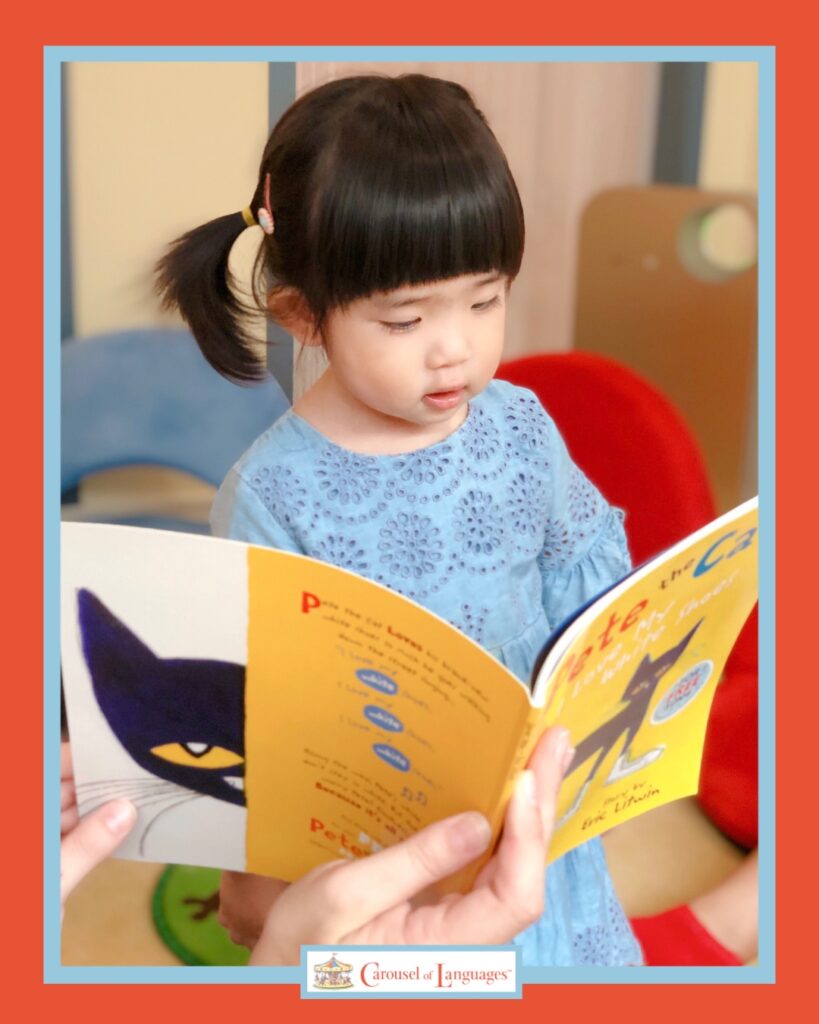
And last but not least—
Give your two-year-old the proven cognitive, creative, and academic benefits of early foreign language exposure—and a passport to Global Citizenship!
Become a part of the Carousel family today.
★★★


